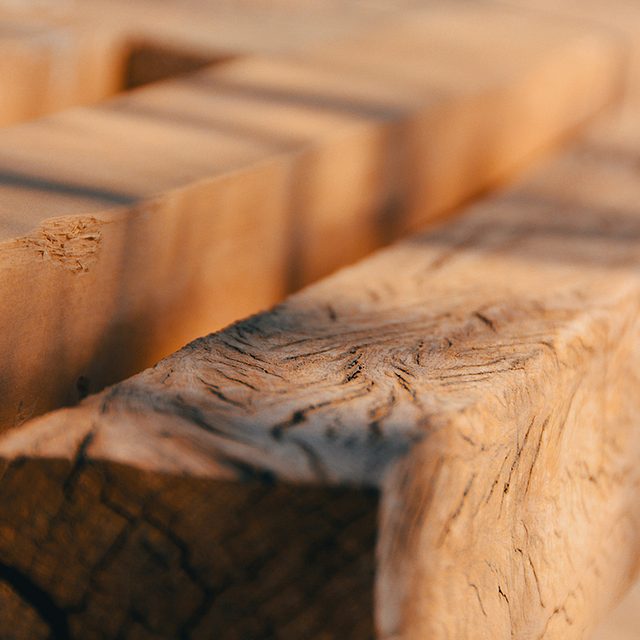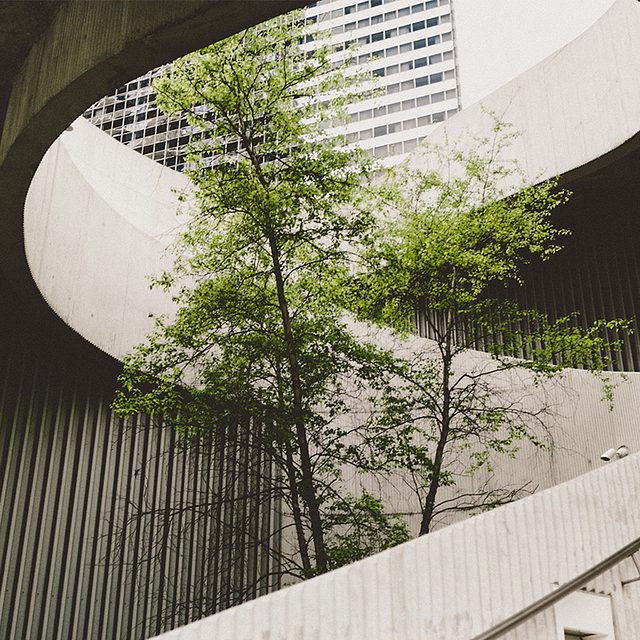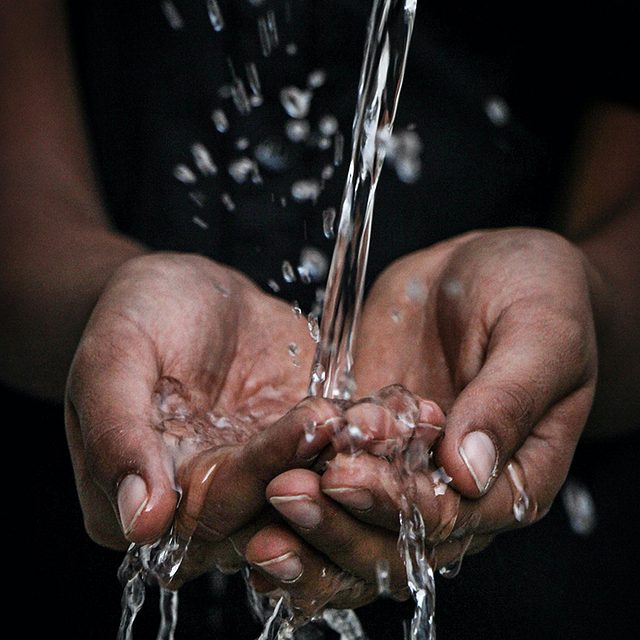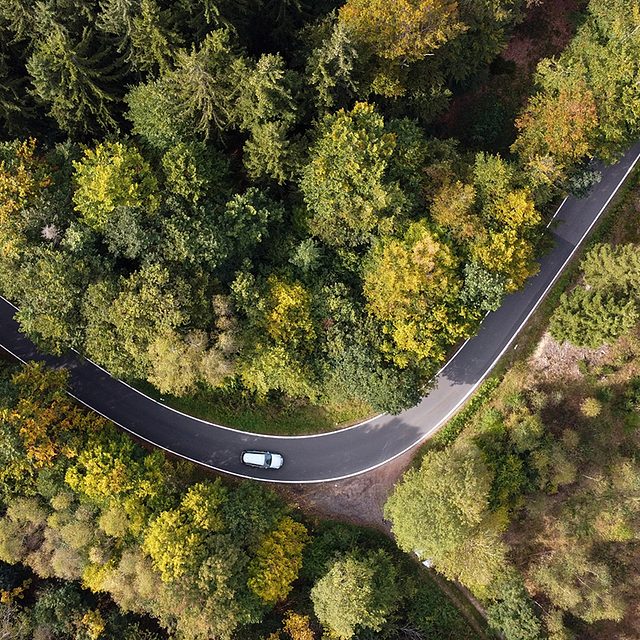Here to stay ahead
We at VK have an ambition to take up responsibility for our planet and its inhabitants. We keep innovating to make our projects last as long as possible, causing as little impact as possible. We aim for smart solutions that will guarantee the safety, health and wellbeing of people now, and that of generations to come. To reach that goal, we invest in becoming a full lifecycle partner who honours sustainable ambitions every step of the way.
Curious to know how?
Discover howFull life cycle partnership
We take our responsibility to remain a strategic partner for the asset-value of a project beyond the construction phase. Throughout the entire life cycle of a building, we have a clear idea of what is required to make it sustainable for the future.
Paul Corbeel
chief executive officer, VK architects+engineers
Our Design Ambitions

Human centered design
The urban environment has a tremendous impact on how energised, happy and healthy people feel. At VK, we see it as our responsibility to take the impact of the environment we design on people’s physical and mental wellbeing as our North Star. When we take to the drawing table, we have factors like circadian lighting and daylight on our minds, greenery and areas for relaxation, meditation, powernaps or yoga. Or we design to stimulate exercise and movement, like spacious stair halls that invite to human interactions and social contact.

Circularity of materials and structures
Circularity is all about lifespan. Every building or structure has a technical lifespan and a service life, depending on economical, functional or aesthetical factors. In an ideal world those two overlap entirely. When they don’t, it’s our job to make sure used materials are either easily recycled or efficiently reused. To do so, we strive to design materials that are straightforward to assemble and dismantle, with little time or effort. Or to design buildings and structures that can be given a new destination, with limited material wastage.

As a Service
As a result of the circular mindset, we maintain a ‘materials as a service’ philosophy. This service model not only saves on raw materials, it gives responsibility back to manufacturers. If the producer (or vendor) maintains ownership of the (raw) material and is thus responsible for take-back and re-use, he’s encouraged to commit to quality (facilitate re-use) and return policy (facilitate recycling). Which in return guarantees a steady inflow of raw materials for the manufacturer. In buildings, these are usually finishing materials or design elements that are easy to remove and have a short service life.

CO2-neutral materials and buildings
Carbon is the main catalyst in climate change and therefore high on everyone’s agenda. In construction, we aim at reducing the carbon impact of materials as well as that of the operational use of a building (energy, water, material consumption). We do so by re-using or recycling the applied materials in existing buildings (e.g., removable walls that allow reconfiguration). At operational use we look from a circular angle: we try to use every produced kWh more than once. By recovering residual heat for domestic hot water, for instance, or by regaining greywater for toilet flushing. Any residual of caused impact must be compensated in order to achieve carbon neutrality.

Water neutrality
At the moment, all rainwater falling on the hard surfaces of a site (rooftops, roads, sidewalks, parking lots), is mostly being discharged to the public sewage system. This puts stress on the system and on the eventual river system downstream, sometimes even causing flooding. That’s why we run a policy of maximum direct rainwater infiltration to the water table. In our projects, we’re aiming to reduce the 100% sewage discharge to 0%, thus reaching complete water neutrality. We do so by focusing on rainwater reuse, in toilet flushing, irrigation etc. We let the remainder of rainwater infiltrate through open wadi structures. Whenever infiltration is technically impossible, we aim at buffering rainwater to discharge at a slower rate and avoid peak stress.

Energy neutrality
If you reach energy neutrality, you’re able to generate every kWh you consume with renewables (solar, wind, geo/riothermal) on-site. In construction, we primarily focus on neutralising the so called ‘building related energy consumption’: the amount of energy needed to climatise the building. If you even out that sum, what remains is the ‘non-building energy consumption’: the energy consumed to use the building. Neutralising that as well, will get you to a zero-energy building. On population dense sites with high usage, this can be quite the challenge. Energy neutrality can then be stimulated by providing an energy budget in relation to the amount of energy that can be generated on site and/or complemented with off-site renewables.

Climate resilient and adaptive design
Temperatures are rising, rainfall is intensifying and windspeed is changing. These negatives consequences of climate change are something we need to be prepared for. We at VK, keep that future in mind while we design in the present. A water neutral concept today might not be sufficient in 2050 or 2100. The current thermal comfort standard or wind resilience of a facade design will probably not be the same as in 50 years. We simulate the risks for our concepts according to future climate models. Do our concepts need to be further adjustable in the future or do we adjust it now to be prepared for the future?

Low impact design
Lower your impact means reducing direct and indirect emissions affecting the climate and people’s health. We aim at reducing indirect emissions by targeting CO2-neutrality. To minimise direct emissions is a matter of making sustainable choices. Indoors we select materials with low direct emissions (VOC's, formaldehydes) that have a positive impact on the indoor climate. For heating, we avoid combustion boilers with high NOx-emissions or simply choose heating without combustion, like air-to-water heat pumps. But direct emissions can just as well be described in terms of noise or light. We aim to reduce noise or light disturbance from our installations on the neighbourhood, through acoustical engineering and by strategically planning lightning fixtures.